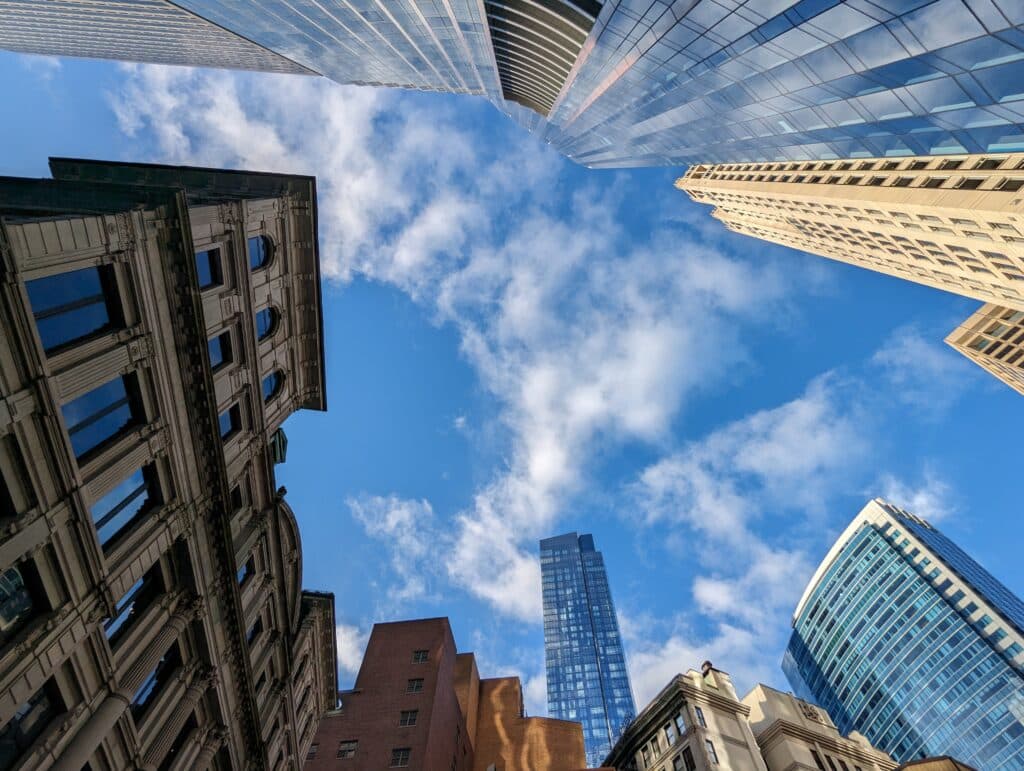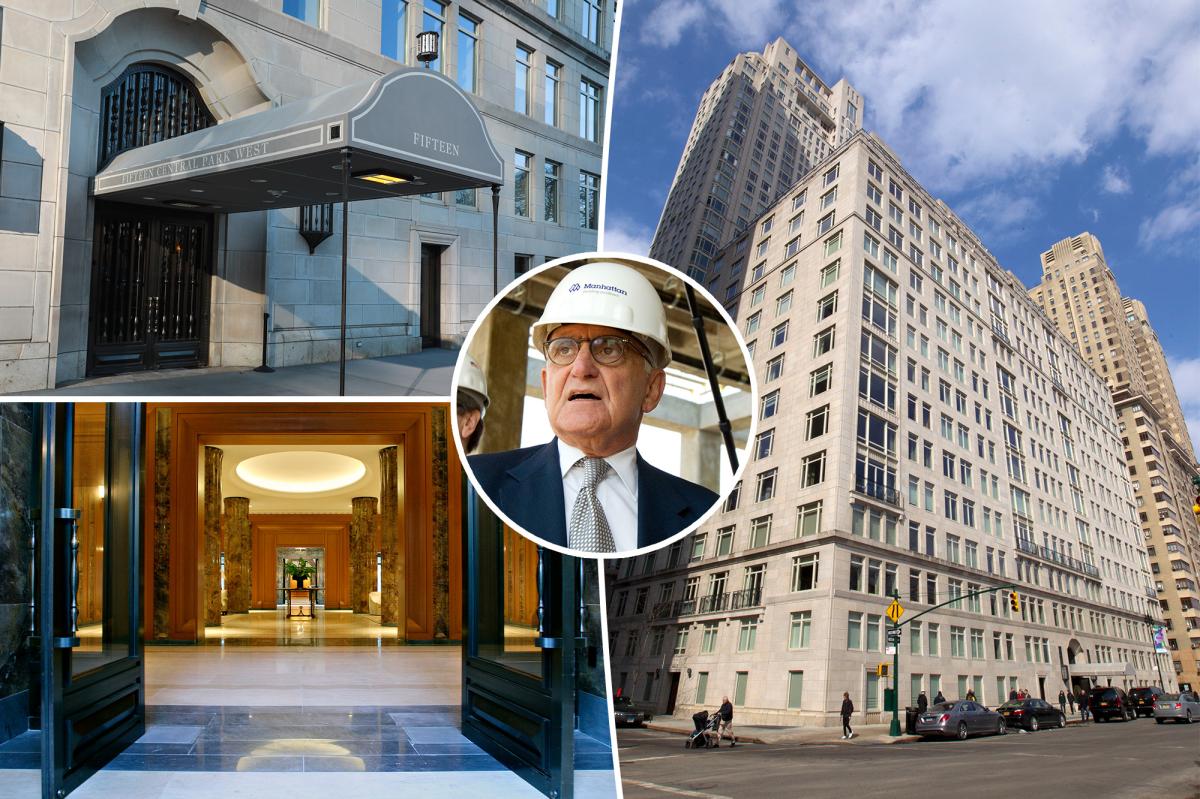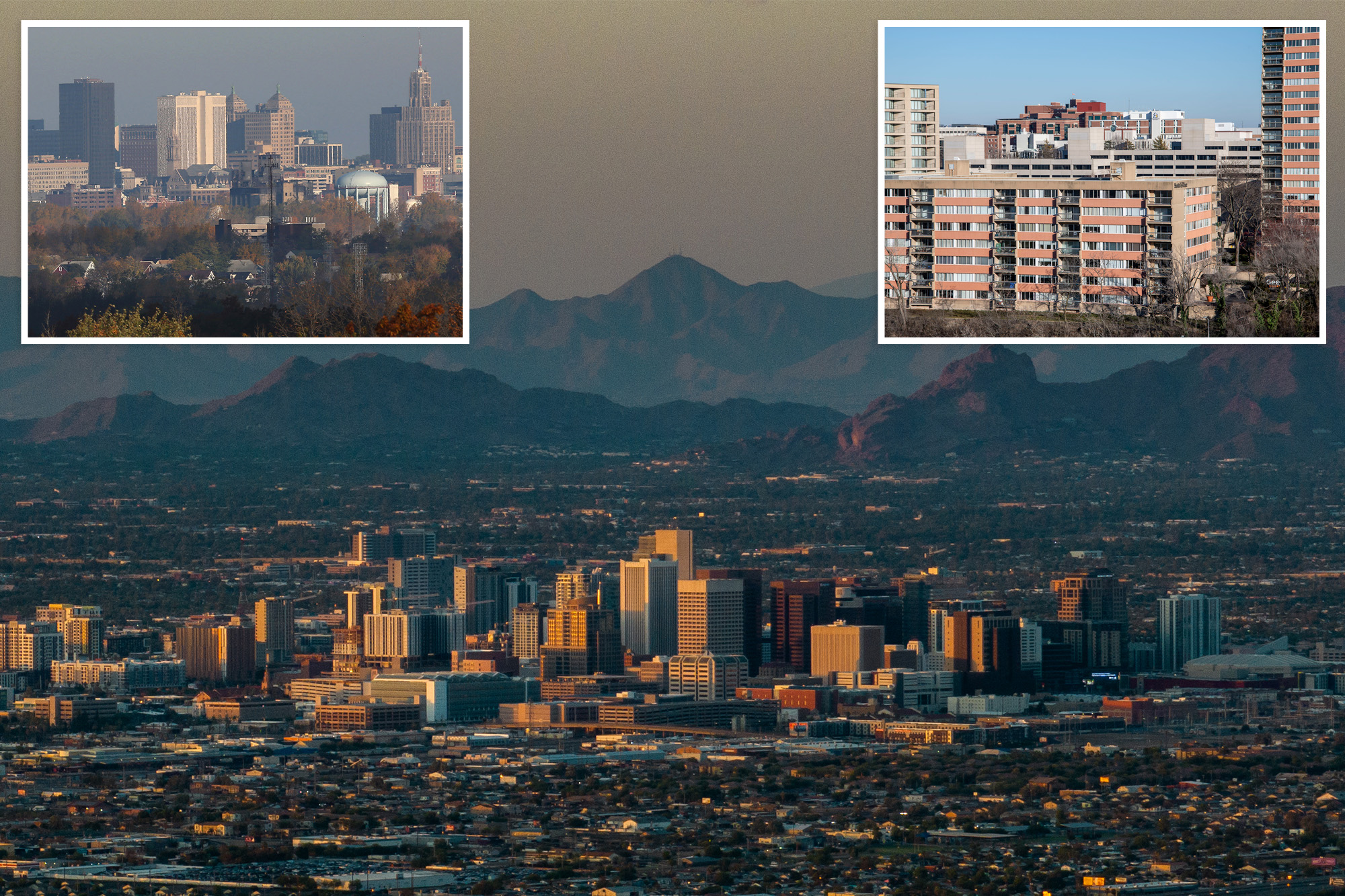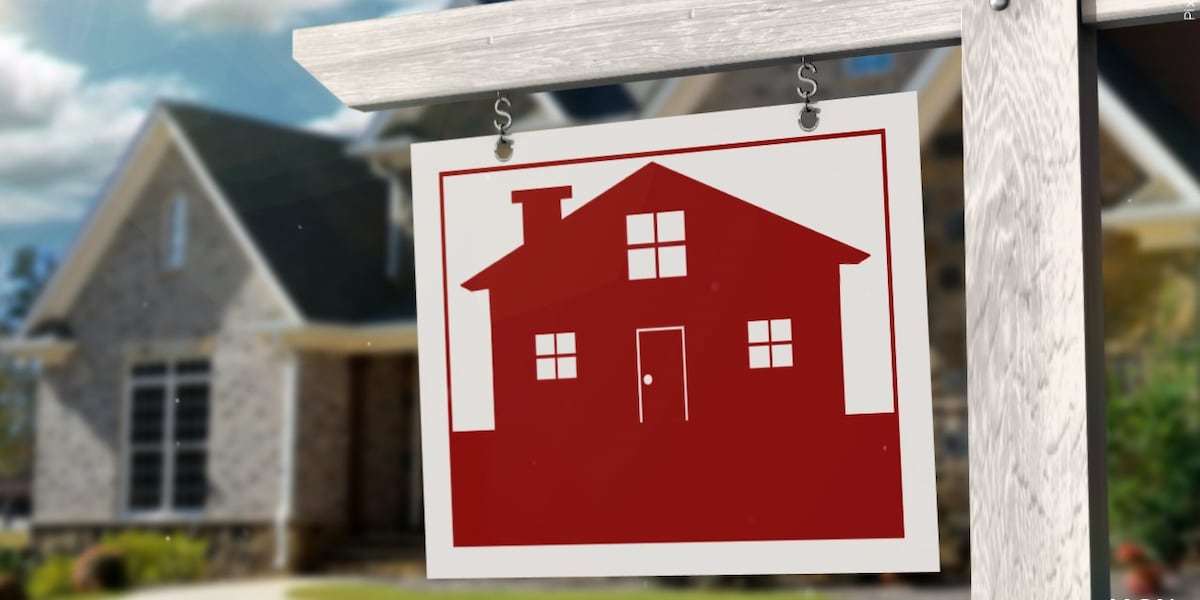br>
The real estate market in downtown Boston remains unsettled as ever, according to data released early this summer by Colliers for the second quarter. The overall availability rate for office properties in downtown and North and South stations areas hit 27.36 percent, which could be shaken up further if state officials decide to move their offices to upgraded environments. Meanwhile, owners of class B buildings are under pressure to invest in decarbonized HVAC and other systems or face fines from the city, which is a problem due to falling property values and cash-flow issues. Despite these challenges, Mayor Michelle Wu's proposed commercial property tax rate increase failed to gain traction, but her support is crucial for a New England Revolution stadium to be included in the economic development bill.
In the suburbs of Greater Boston, office tenants are moving in due to declining rents and shorter commute times, which is a positive sign for the market. However, the future of downtown office real estate remains uncertain due to various factors such as state office leases expiring this year or next, and the need for local office conversion incentives to be extended.
The Affordable Homes Act, proposed by Governor Maura Healey, was not left to die on Beacon Hill despite tensions between the House and Senate. The bill aims to legalize accessory dwelling units on single-family lots statewide and includes a "momentum fund" to help get big mixed-income projects off the ground in the next year or two. However, new housing construction in Boston hit a low not seen since the Great Recession, and rents reached an all-time high. Despite this, a pulse of new supply coming on the market this year may help moderate rents temporarily.
The lab market in Somerville has stumbled further, with development teams behind three separate lab towers hitting the brakes. The vacancy rate in the 5.5 million-square-foot inner suburban submarket, which includes Somerville, hit 41.5 percent in the first quarter, according to research by brokerage Colliers. In the Seaport, developers of spec lab space faced a significant blow when the neighborhood's biggest biotech, Vertex Pharmaceuticals, decided to stay in its Fan Pier headquarters instead of moving to a speculative 1.1 million-square-foot office somewhere else like Boston Global Investors' nearly-complete, speculative 518,500-square-foot 10 World Trade tower and BioMed Realty's empty 492,000-square-foot Seaport Science Center at 601 Congress St., or planned-but-not-built projects like Marcus Partners' approved, 742,000-square-foot lab complex at 310 Northern Ave., Lincoln Property Co.'s approved 650,000-square-foot Seaport Circle tower, and an in-permitting expansion of Beacon Capital's South Boston Innovation Campus at 2 Harbor St. However, a rebound in venture capital funding for Boston-area biotechs has given hope that mid-stage companies whose expansion fueled the most recent lab space boom could be headed for growth again, albeit of a more moderate type.
Arthur Jemison, the Director and Chief of Planning of the Boston Planning & Development Agency (BPDA), announced his departure to return to Detroit to be closer to family. His departure leaves many unfinished projects, including a series of zoning studies aimed at allowing more development in the city's neighborhood commercial nodes and a reworking of the city's unpredictable and lengthy Article 80 development review process. The Davis Cos. proposed a project to build 4.4 million square feet of office, lab, industrial, and retail space plus 2.8 million square feet of housing on the site of a former fuel tank farm in Everett.















